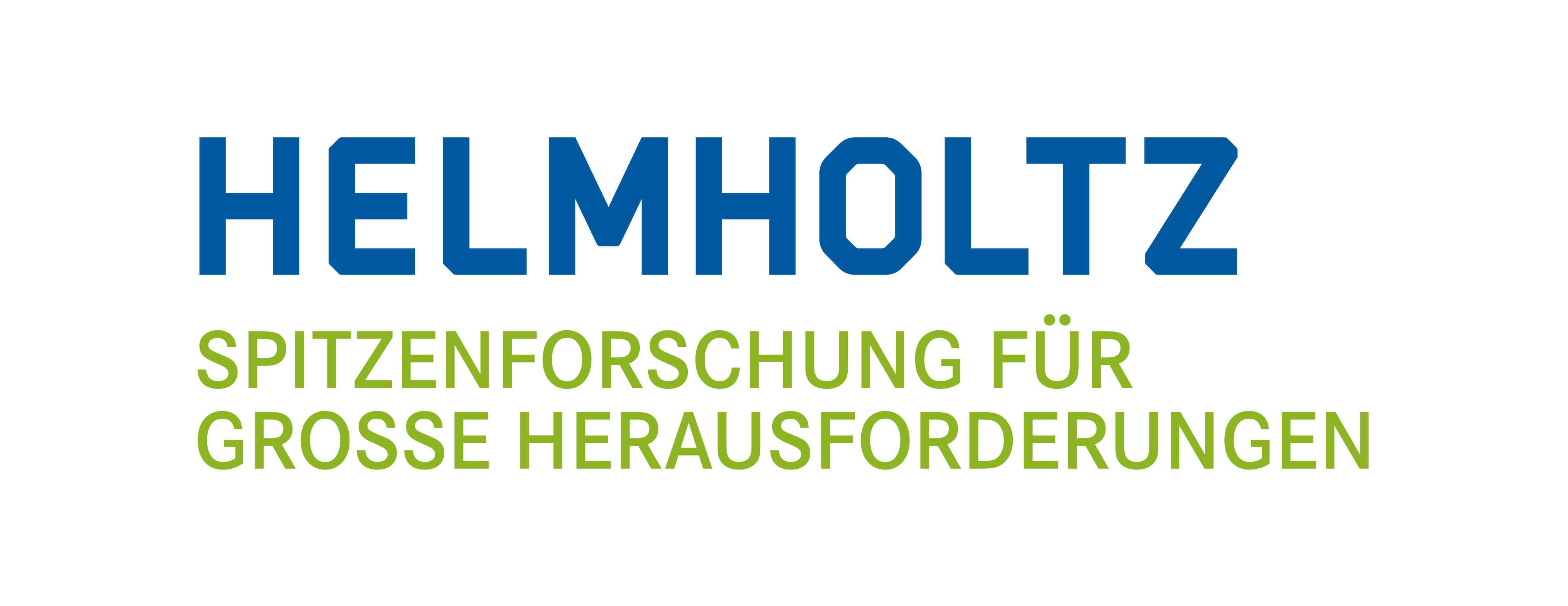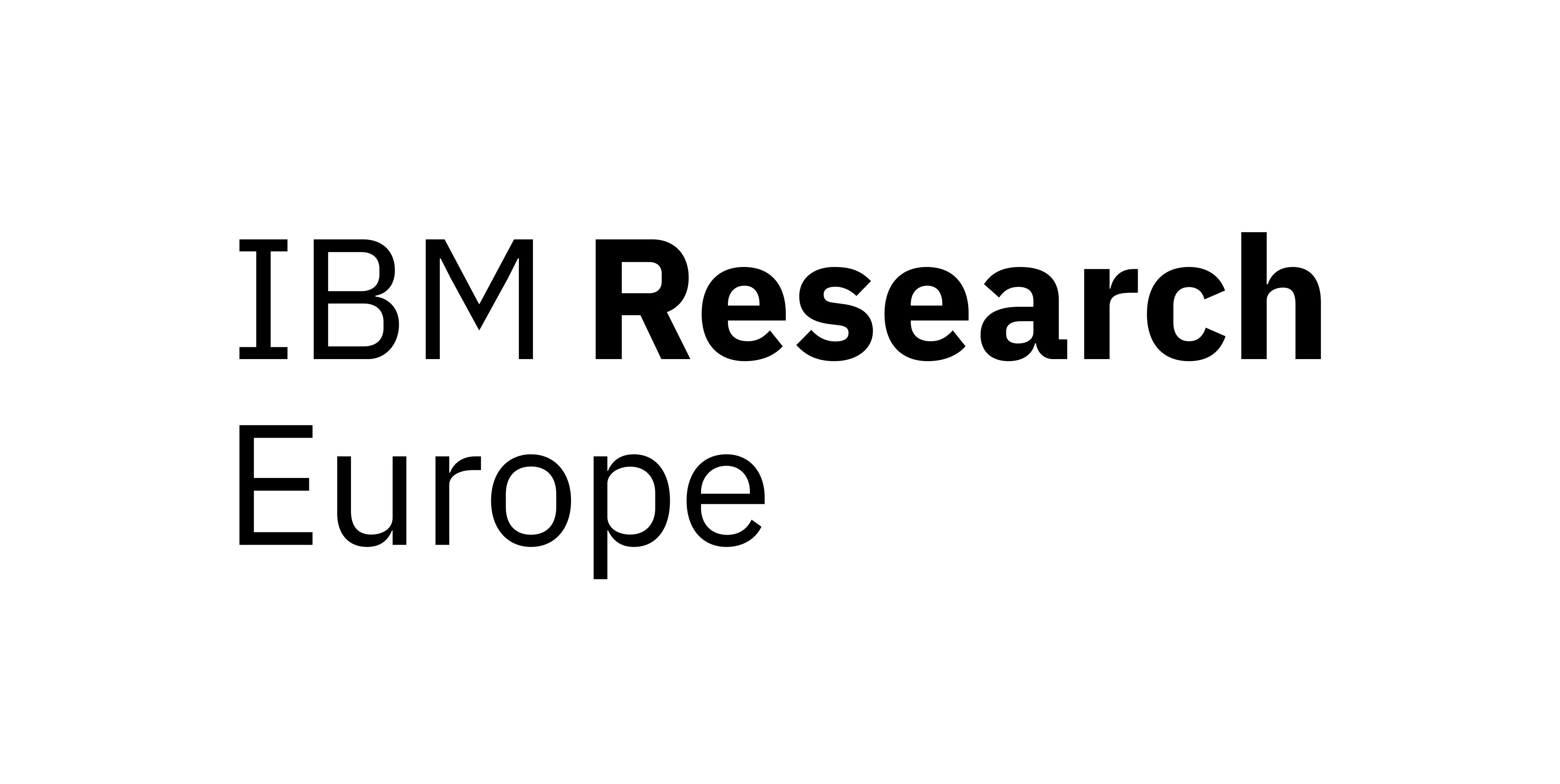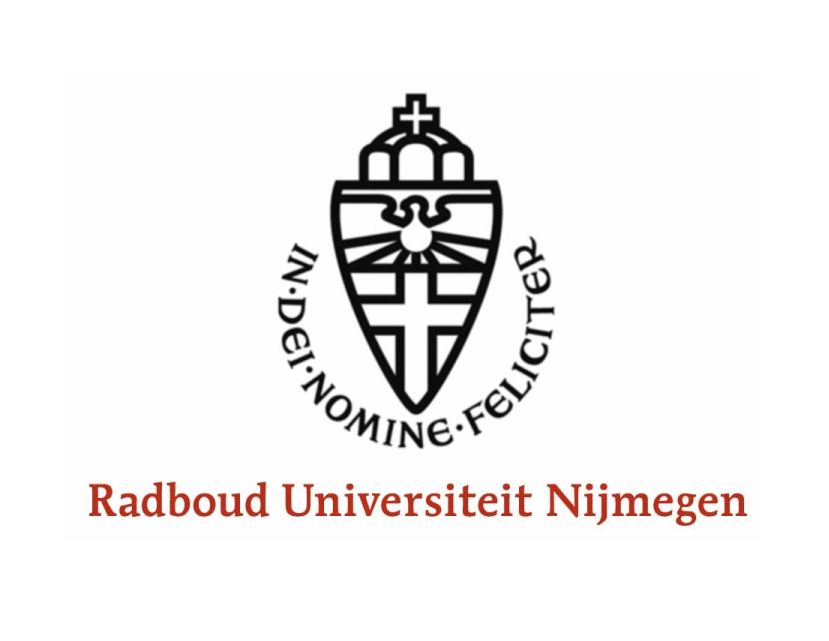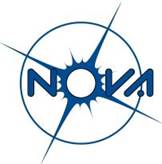Technology alliance from semiconductor industry to end user companies. Drives a paradigm shift towards energy efficient, high performance computing. This includes a full stack computing evolvement (from materials, to devices, circuits, and architecture concepts, to - neuromorphic - brain-inspired computation). New techniques such as cryogenic, opto-magnetic, and 3D NAND chip design (memory and logic integrated). Involved companies are: ASM-International, ASML, IBM Research Europe (CH), Boskalis, members of iTanks and FBNed. The Universities of Twente, Nijmegen, Eindhoven and later also Groningen, have taken the lead from the academic field in The Netherlands. Today, innovations and competitive advantage are to a large part driven by Artificial Intelligence (AI). At the same time AI is a strong driver of the ICT energy consumption increase.
ASCONA has taken the coordinating role in building the coalition for Mission 10-X for three years.
OUTLINE
Problem and challenge statement:
AI is based on the ability of computer systems to self-learn, to recognise patterns, and to draw conclusions. This requires lots of data transport, processing, and storage, which has a direct impact on the energy required to perform a specific task. New innovative ICT applications, based on Artificial Intelligence (AI) require novel, low energy solutions in order to be viable for large scale deployment.
ICT applications, and the corresponding energy consumption, based on conventional (Von Neumann based) computer technology are increasing rapidly. In 2021, 2.1-2.4% of the world’s energy was used for processing (1%) and communicating (1.1-1.4%) data across the internet, and in data centers. This energy share roughly doubles every three years, growing much faster than overall global energy use - according to the US semiconductor industry association figures (SIA, January 2021)
This combination of effects generates a tremendous challenge, with direct impact on a range of critical societal questions.
In Mission 10-X we address both aspects; innovation driven by AI and new technologies for making AI more power-efficient.
Goal Mission 10-X
The goal of Mission 10-X is to strengthen the economic – and competitive – position of the Netherlands and Europe by establishing novel energy-efficient technology, associated models and software for AI, and related application concepts for sustainable innovation.








